As a lover of food, I'm often asked, "If you could only have one food the rest of your life, what would it be?" My answer is always the same: sourdough bread. (Okay, it's not always the same... I usually cheat and say sourdough, fancy cheese, and a good beer.)

Admittedly, I'm biased by my own sentimentality. My mother is an expert bread baker, with a major in making sourdough. Her sourdough starter is older than I am, and in all honesty, she's made thousands of loaves, each better than the next (I know because I make a point of sampling each and every loaf).
But it's not blind sentimentality that makes me think sourdough is delicious: it's also the fact that it's really freaking good. And it's one of the most scientifically fascinating foods out there.
What Is Sourdough?
While most kinds of bread are made with commercial active yeast, sourdough instead relies on Saccharomyces exiguous, a wild yeast. Yet this is not what makes the bread take on its distinctive sour taste.
Here is renowned bread expert Peter Reinhart describing where sourdough gets its name from in The Bread Baker's Apprentice (or as I like to call it, "The Bread Bible"):
"What we call sourdough bread should more correctly be called wild-yeast bread, as it is natural wild yeast that leavens the loaf and not all wild-yeast breads taste sour. More importantly... it is not even the wild yeast that makes the bread sour, but the acids produced by the various bacteria that inhabit the dough. These acids lower the pH level of the dough, creating a wake of flavors in the process, most notably the distinctive sourness we associate with sourdough bread. This is the microbial world, quite active beyond our sight, constantly changing the medium, the bread dough in which the organisms live."
There is only one answer that is better than Reinhart's when asked the question, "What is sourdough?"—delicious.
How Is It Made?
While there are entire books written on baking this magical bread, the simplified version is this: wild yeast is harvested, which can be done in many ways. (In college, I collected wild yeast for sourdough by putting unwashed grapes in a bucket and letting them ferment.) It is then added to flour and water to form a starter. As the wild yeast digests the flour and water, it begins to exude carbon dioxide, which is what gives the loaves their glorious airy consistency.
At this stage some of the starter is mixed with basic bread-making components (more flour, water, and salt, and sometimes active yeast) and turned into bread. The whole process usually takes two or three days. More flour and water are then added to the starter, and the yeasts and bacteria continue to thrive on the new fuel. As such, a single batch of sourdough can last, in theory, forever; as I mentioned earlier, my mother's impeccable sourdough starter is older than I am.
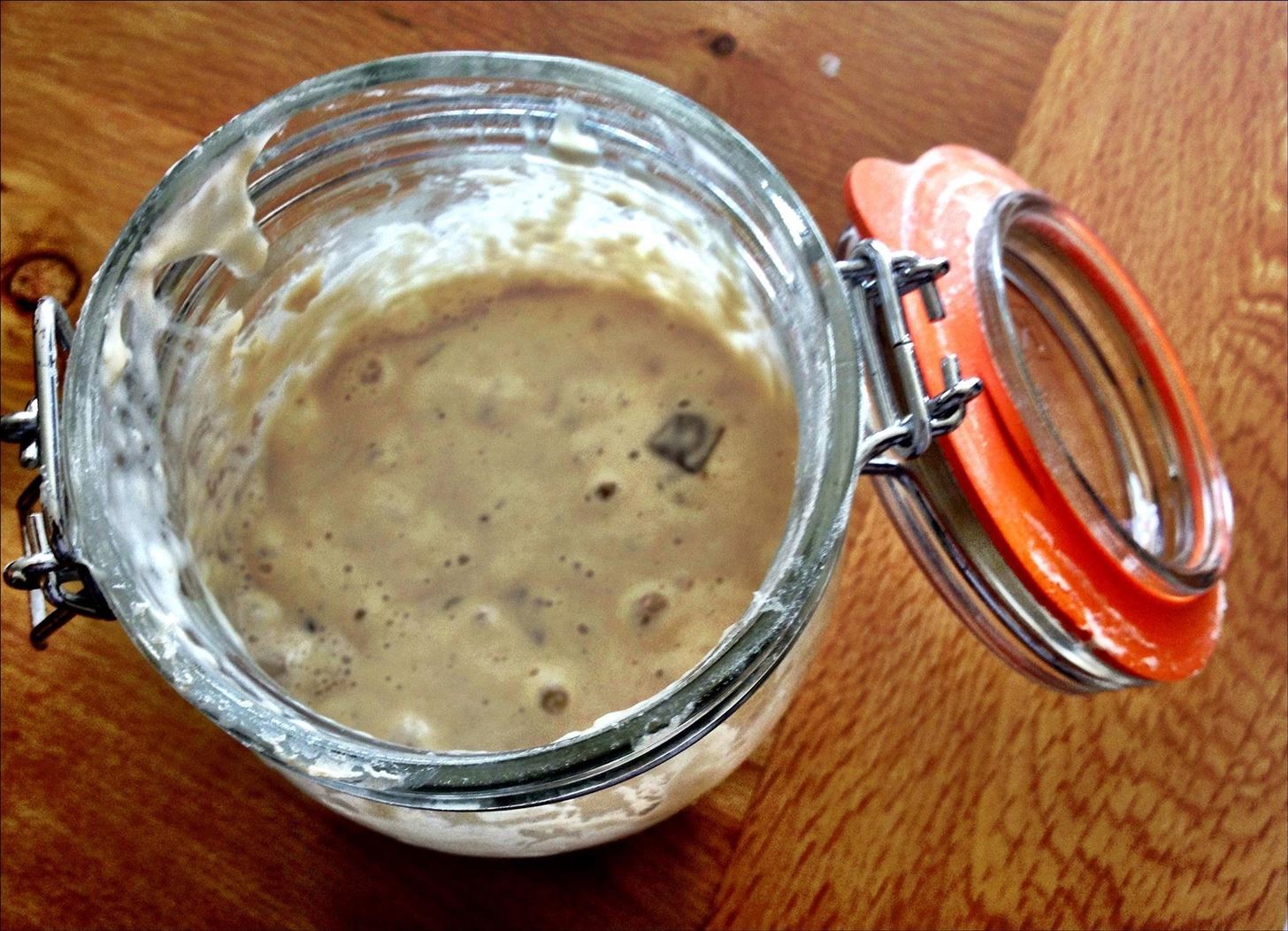
Why Is San Francisco's Sourdough Special?
Almost every food lover associates sourdough with San Francisco, but why is that? Surprisingly, it's because sourdough really does taste better in San Francisco! Here's scientist and food specialist Robert Wolke explaining it to NPR:
"The sour flavors come from lactic and acetic acids produced by inevitable environmental bacteria, which are working on the flour's sugars along with the yeast. Different bacteria make different sour flavors; San Francisco is awash in local bacteria species that make its sourdough bread famous. So sourness per se in some ryes and many other breads is quite desirable."
And there you have it: San Francisco's sourdough bread is good because San Francisco's bacteria is particularly tasty. Some may find that a touch gross, but I think it's incredibly awesome.

Sourdough isn't the only food that tastes better in a certain location. Guinness beer really does taste better in Ireland, which brings us full circle: nothing in life beats a good beer and some sourdough bread.
Just updated your iPhone? You'll find new emoji, enhanced security, podcast transcripts, Apple Cash virtual numbers, and other useful features. There are even new additions hidden within Safari. Find out what's new and changed on your iPhone with the iOS 17.4 update.
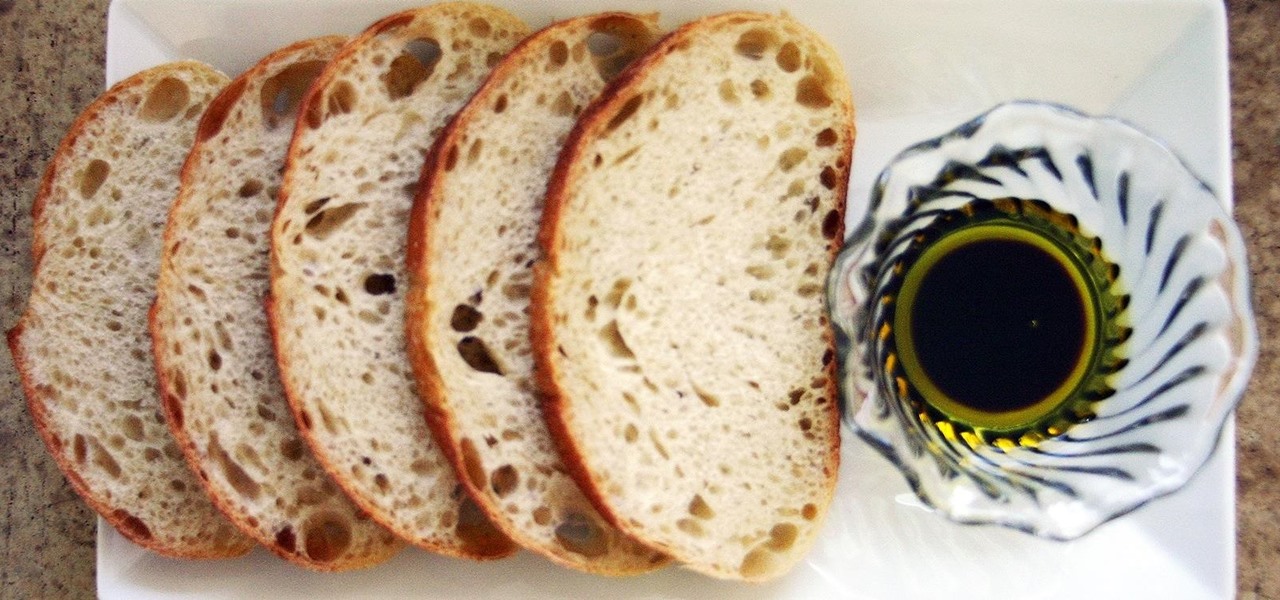




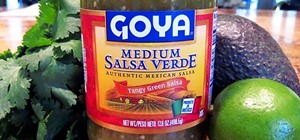





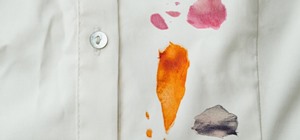

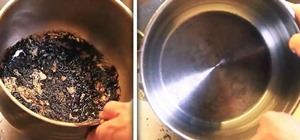
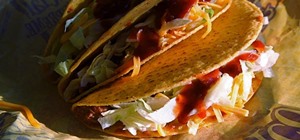
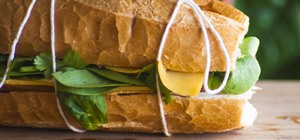
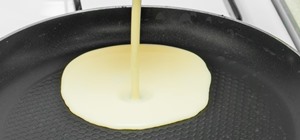
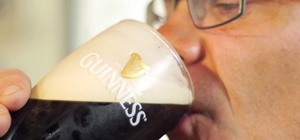
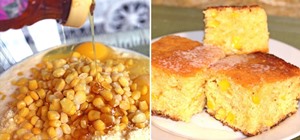

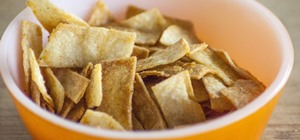

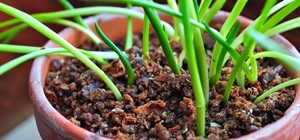
5 Comments
Might want to read your book again.
You do not want to use commercial yeast to enhance your starter, or in your bread.
There is a tremendous number of wild yeast strains. Yeast that you buy in the store is one strain, no matter who the manufacturer.
Guarantee it will overtake your wild yeast strain and ruin your sourdough.
No need to use grapes, they don't do anything quicker, etc. Flour and water works just fine.
San Francisco sourdough is a very specific strain. Lactobacillus sanfranciscensis
Wally, thanks for the great info!
I didn't mean to suggest that you use commercial yeast to enhance the starter, but it can be used to enhance the loaves themselves. This is pretty common, as it can expedite the process and make the bread lighter, but it does come at the cost of some sourness.
You're right, grapes aren't necessary, but they are fun! It's neat to have a more visual process.
While there was no doubt lots of information shared, it did nothing to answer the question posed in the title, for an important element in the lore is that you can transport these ingredients out of the bay area and it will still taste different than if baked in the bay, perhaps the microorganisms in the air? Some have posited it has to do with seismic activity. However, this article didn't even go there, which was disappointing. #oversold
Hi Anthony,
I would try reading the section called "Why is San Francisco Sourdough Special" again, as it contains the answers you're looking for!
I live in San Francisco. Should I take my starter for a walk around town to make sure we meet all the best microbes? Seriously, I don't know if they all get into my kitchen after a good house cleaning.
Share Your Thoughts